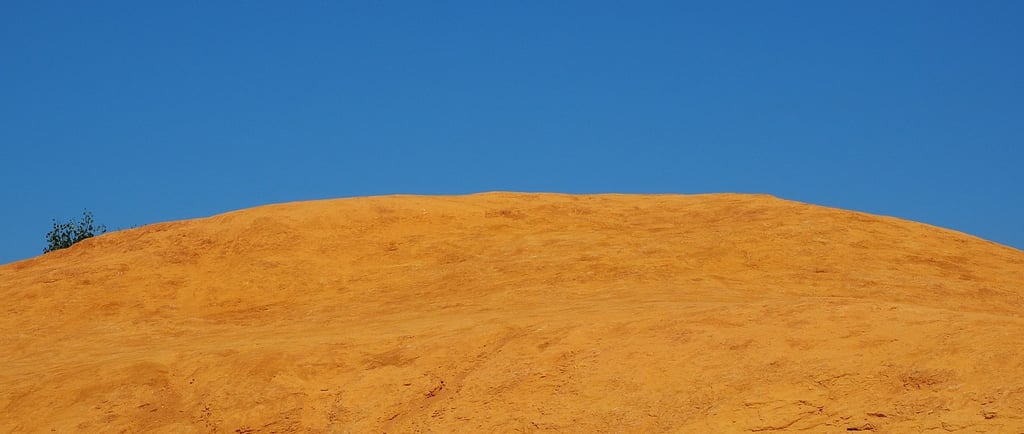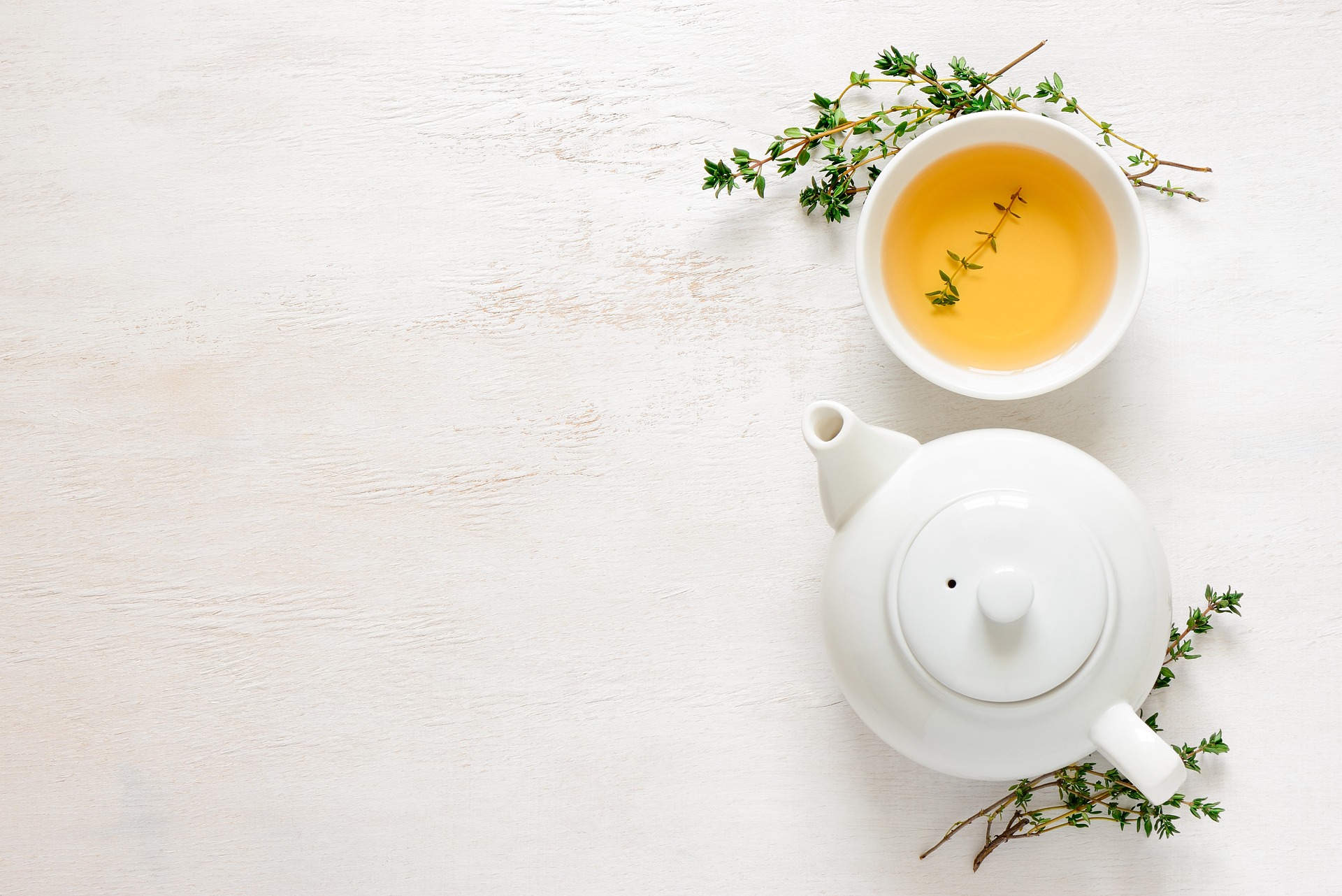💛 The Earth’s First Paint - The Ochre 💛
A follow-up story from the chapter "Color" in the Art Album. 🌈 Stories About Colors takes children on a vivid journey through history to explore how colors have shaped and connected cultures around the world. 🌍🎨 From the cave art of early humans to the vibrant pigments traded along the Silk Roads for thousands of years 🌊, each color holds its own story of discovery, symbolism, and meaning. Children will uncover how natural elements like minerals, plants 🌿, and even animals 🐦 contributed to the palettes of early artists, linking art with the environment. This exploration invites children to see colors not only as materials on their art shelves 🎨 but as a bridge to the world around them and the history of human creativity. They’ll be inspired to ask, “Where did this color come from?” and “How was it discovered?” — sparking curiosity about the hidden stories within each hue they encounter.
ART STORIES
11/10/20243 min read


Have you ever painted a picture using yellow or brown? 🎨 Imagine doing that but without any crayons, markers, or paint, what you will use? Long, long ago—thousands of years before even paper was invented—people found a way to make paint from the earth itself. They discovered a special color in the soil named ochre (👏 o – chre 👏), a warm yellow-brown that looked like the sun and the sand.
The word ochre comes from the ancient Greek word ōkhra, which means "pale yellow." The Greeks used this word to describe the warm colors they found in nature, much like the yellowish-brown tones that people in prehistoric times used to create some of the world’s first art. 🖐️🐃.
People living in prehistoric times used ochre to create some of the world’s first art, painting pictures of animals, handprints, and symbols on cave walls 🖐️🐃. In Lascaux Caves 🐃 located in France, artists painted huge bulls, horses, and deer on the walls about 17,000 years ago, using red, yellow, and brown ochre to bring their animals to life. And in Altamira Cave 🐂 –located in Spain artists created lifelike images of bison and other animals, using ochre and charcoal to make the colors rich and bold.But the most playful example of all might be found in Argentina, in a place called Cueva de las Manos ✋, or "Cave of the Hands." Imagine covering your hand with paint and pressing it on a wall—that’s exactly what ancient people did here! Over 9,000 years ago, they used red, yellow, and brown ochre to create handprints all over the cave walls. It’s like a prehistoric high-five, left behind for us to see today! ✋✨
These cave paintings, made with ochre, have lasted for thousands of years, showing us what life looked like back then. Ochre was used because it came straight from the earth; it was a strong, lasting color that could survive through time and weather.
🌞 The Egyptians used yellow and red ochre extensively in their art, especially in tomb paintings and wall decorations. Red ochre was often used to depict men’s skin, while yellow ochre was used for women’s skin tones. This color symbolized life, energy, and protection, connecting them with the earth and their gods.
🏛️ – Both the Greeks and Romans used ochre in wall paintings, pottery, and sculptures. They imported ochre from regions like Cyprus and added it to their frescoes and other art. The Greeks also used the word “ochre” (ōkhra) to describe this earthy color, which they saw as grounding and natural.
🌎 Various Indigenous Tribes in North, Central, and South America used ochre as face and body paint, in pottery, and in petroglyphs. In particular, red ochre was used in sacred rituals and ceremonies, often symbolizing blood, life, and connection to the earth.
In the modern world, ochre is still shining bright! 🎨 Artists love using this warm, earthy color to add a cozy touch to paintings, and designers bring it into homes 🏡 for that warm, timeless vibe. Fashion? Oh yes! 👗 Ochre is everywhere in fall outfits and even makeup. 💄 Plus, in the eco-friendly world 🌱, ochre is a star as a natural dye! Who knew one color could be so cool, modern, and meaningful? ✨
🖌️Did you know that Aboriginal artists in Australia have used ochre for thousands of years? They use dots, lines, and symbols to tell stories about their land and culture. Try making your own dot painting! Use ochre colors like yellow, red, brown, and white, and create patterns of dots with a cotton swab or the end of a fine paintbrush.
📝 Note:
This story links naturally to another chapter in the Art Album where we explore Elements and Principles, Art Appreciation 🎨. In this chapter, we introduce various techniques, styles, and forms of artistic expression, including Aboriginal dot painting 🖌️.
With Montessori joy,
Vanina 😊

